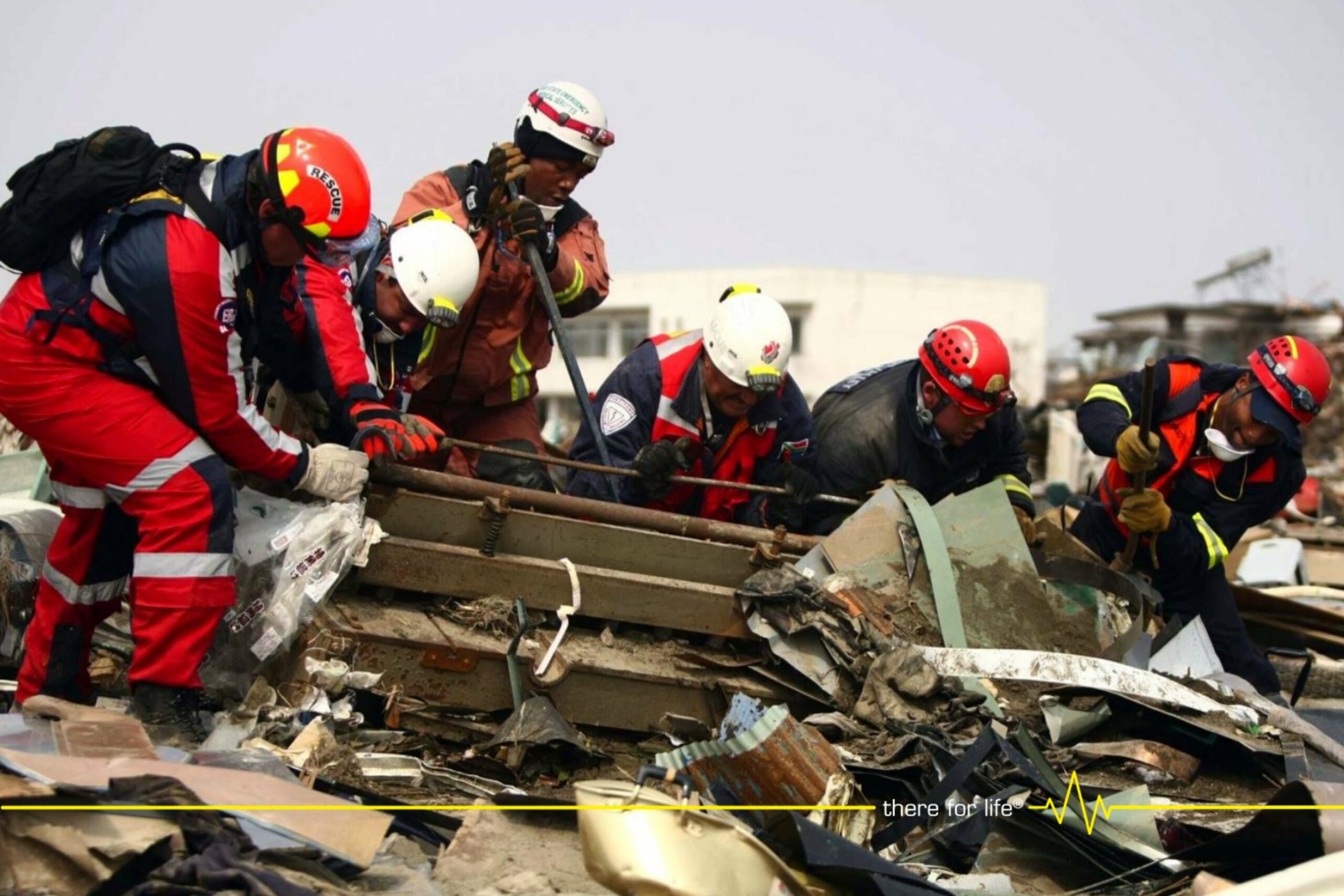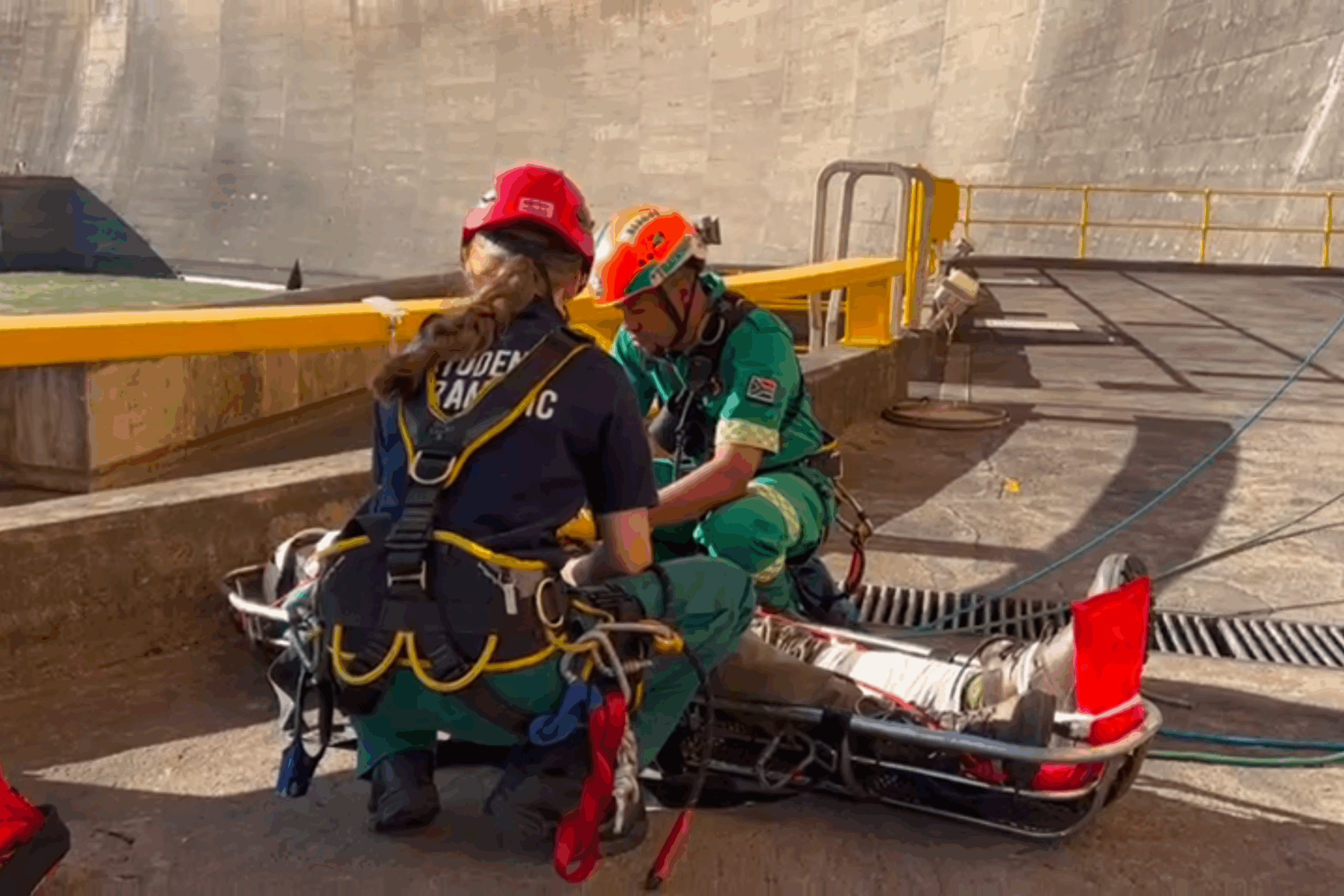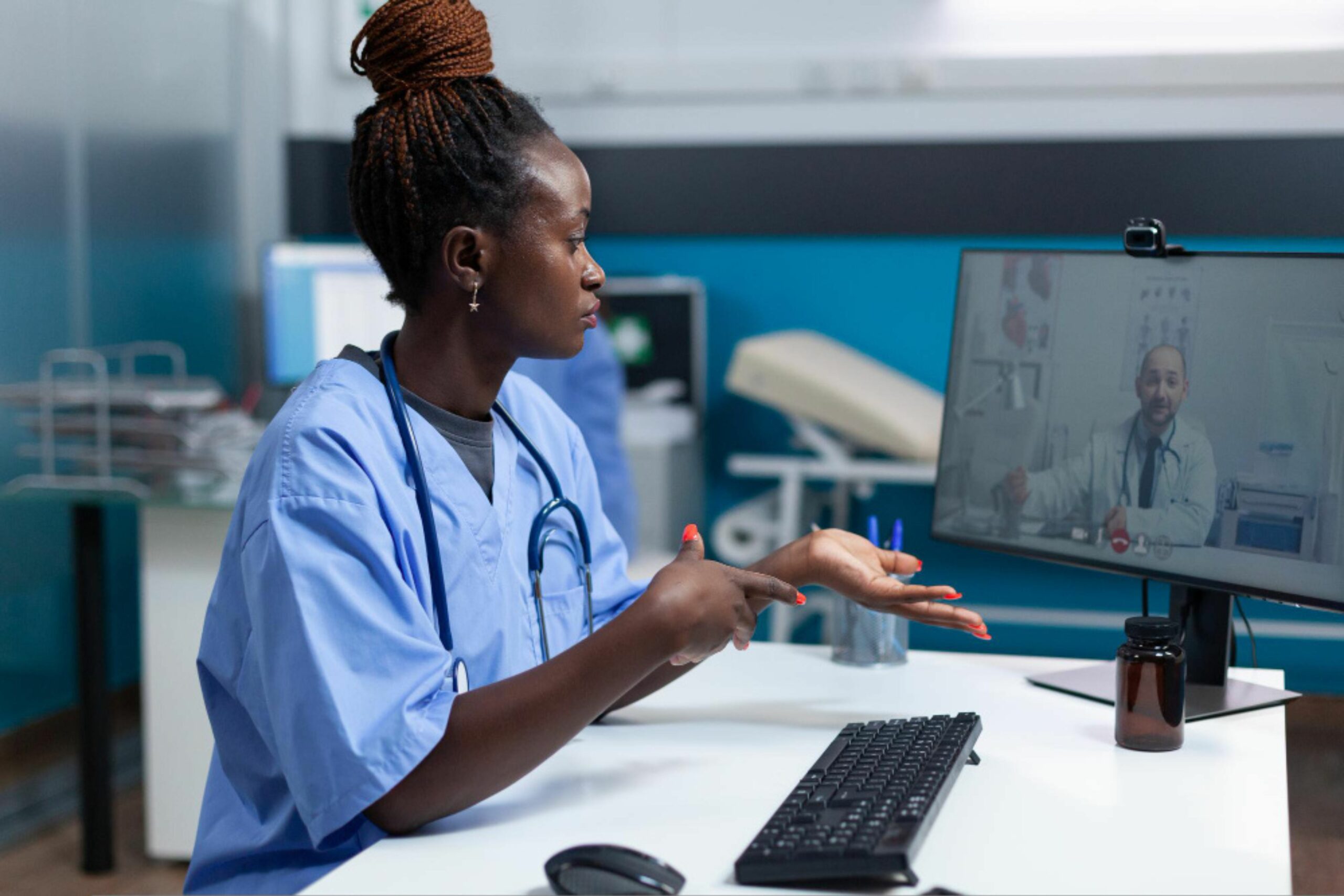With several Greenfield projects being developed across remote areas of Africa, Multinational Corporations must ensure they meet their duty of care responsibilities by providing employees with access to on-site medical and health services. With the work being done on these project sites being hazardous, these organisations need to ensure that they have the proper emergency and rescue medical services required to assist workers in the case of an accident, illness, or injury. The appropriate training of medical personnel is critical to this. In the blog below, we unpack the importance of quality training in rescue operations and medical emergencies. We also discuss how two South African companies, ATA International Holdings and Rescue South Africa, enable these organisations to ensure they have quality medical services, and trained personnel on-site.

High-Risk Environment of Remote Projects
To understand why emergency medical training is required for Greenfield projects, it is essential to explain what these projects are and what makes them such a high-risk environment for workers.
Greenfield projects are often located in remote areas, these refer to entirely new developments, or projects starting from scratch on undeveloped or uninhabited land. These projects typically involve the construction of infrastructure, facilities, and systems in areas that previously never existed.
Greenfield projects are popular in the mining and extractive industries as these remote areas, specifically in Africa, often contain rich natural resources such as oil, minerals and gas. These projects usually involve the setup of mines, extraction facilities and the associated infrastructure required to extract and process these resources.
These projects are also popular in the energy and power generation sector, which focuses on developing power plants, renewable energy projects and electrical grids in remote areas across Africa.
Greenfield projects can offer numerous opportunities for economic development, job creation, and improved living conditions for local communities. However, they also come with challenges related to logistics, infrastructure, environmental impact, and providing the workers on these sites with access to quality medical services, including rescue and emergency services.
You may be thinking, why would rescue and emergency medical services be so vital, and the answer is that these projects are high-risk environments. The risks can vary based on the nature of the project, the location, and the industry involved. Below we identify some of the general risks associated with these project sites that could affect the health and well-being of workers.
- Construction Site Hazards: Greenfield projects involve various construction activities, such as excavation, heavy equipment operation, and structural work. These activities can lead to hazards, accidents and injuries related to falls, collapses, and being struck by moving equipment or falling objects.
- Excavation and Trenching: Digging trenches and excavating can lead to collapses and cave-ins. In this case, workers could be trapped and injured or killed.
- Heavy Equipment Operation: Operating heavy machinery, such as cranes, bulldozers, and excavators, poses risks of equipment overturns, collisions, and pinching accidents.
- Electrical Hazards: Projects involving electrical installations or repairs carry risks of electrocution and fires.
- Confined Spaces: Greenfield projects might involve working in confined spaces like tunnels, shafts, or utility vaults. These spaces can have poor ventilation and pose asphyxiation, toxic gas exposure, and entrapment risks.
- Falls: Working at heights is common in construction. This can lead to severe injuries or fatalities from falls off scaffolds, ladders, or elevated surfaces.
- Health Risks from Dust and Particulates: Construction activities can generate dust and particulate matter, leading to respiratory problems and other health issues for workers.
- Chemical Exposure: Greenfield projects may involve using various construction chemicals and materials that can be hazardous to workers.
With so many risks associated with Greenfield project developments, it is vital to ensure that on-site medical personnel are professionally trained to handle any medical, emergency and rescue situations in the case of an illness, accident or injury and that quality medical services are available to treat workers.
Consequences of Unpreparedness
and Inadequate Medical Emergency & Rescue Operation Training
If an organisation does not have the correct medical services and trained medical professionals on-site to manage medical, emergency and rescue situations, there can be several dire consequences. These include:
- Delayed Emergency Response: In Greenfield projects, remote locations and inadequate infrastructure can delay emergency response times. If on-site medical personnel lack proper training, they cannot provide the treatment necessary to reduce the risk of loss of life. Access to fast medical care within the “golden hour” is vital, This refers to the critical period immediately following a traumatic injury or a medical emergency during which prompt and adequate medical intervention can significantly increase the patient’s chances of a positive outcome. This concept emphasises the importance of receiving appropriate medical care within this time frame to prevent further complications, reduce the risk of disability, and enhance the likelihood of survival.
- Increased Medical Costs: Inadequate medical training could result in inappropriate or ineffective treatment, leading to longer recovery times and increased medical costs. This can strain the project’s budget and potentially lead to legal liabilities if workers are not adequately cared for.
- Project Delays: Accidents and emergencies can lead to work stoppages and project delays. In the absence of well-trained medical and rescue personnel, responding to emergencies can become time-consuming and chaotic, causing disruptions to project timelines and overall progress.
- Reputation Damage: Safety incidents in Greenfield projects can damage the organisation’s reputation. News of accidents, injuries, or fatalities can spread quickly and negatively impact the perception of the project, and this can cause a lack of confidence and trust among stakeholders and investors.
- Legal and Regulatory Issues: Many countries have strict occupational health regulations that must be followed on construction sites. Failure to provide adequate medical and rescue services can lead to legal consequences, fines, and even project shutdowns if regulators determine these standards are unmet.
To mitigate these consequences, Greenfield project developers in Africa must prioritise comprehensive medical and rescue services with a specific focus on employing medical personnel with the proper training and experience. This is where ATA International and Rescue South Africa come in.
Where Medical Expertise meet Rescue Expertise
Over the last decade, ATA International and Rescue South Africa have joined forces to ensure that Greenfield projects across Africa have the quailty medical, emergency and rescue services and personnel onsite.
ATA International provides a fully integrated Health Management System for Greenfield projects across Africa. Their services include medical staffing, medical equipment procurement and exportation, the setup of remote clinics, procurement of emergency vehicles, accredited medical and rescue training, aeromedical evacuation, Occupational health and Healthcare risk management consulting and more. With project experience across 35 African countries, ATA International has the experience and medical expertise necessary to ensure that organisations can meet their duty of care obligations and that there is zero harm to employees.
ATA International has partnered with Rescue South Africa, experts in Rescue training. Rescue South Africa fulfils a vital role by ensuring rescue personnel have the correct training and experience to manage rescue situations on-site. Rescue South Africa offers extensive rescue training locally, nationally and internationally. Their programmes are accredited by merSETA, the National Qualifications Framework (NQF) and the South African Qualifications Authority. Examples of their courses include:
- Trench Rescue.
- Fire Search and Rescue.
- Confined Space Rescue.
- Hazardous Material Rescue.
- Structural Collapse Rescue.
Both ATA International and Rescue South Africa are working hard to ensure that Greenfield projects are adequately equipped with the medical, emergency and rescue services and personnel required to ensure that project sites are fully prepared to handle any medical or rescue emergencies.
Conclusion
From the above, it is clear that Greenfield projects are often hazardous and high-risk environments. It is, therefore, critical to have adequate medical services and personnel on sight to ensure that workers have access to the medical care required in the event of an accident, injury, emergency or illness. ATA International and Rescue South Africa have been assisting organisations across the continent with ensuring that they meet their duty of care needs and that the correct medical services and qualified medical personnel are on site. For more on these services, visit: https://ata-international.com/services/


